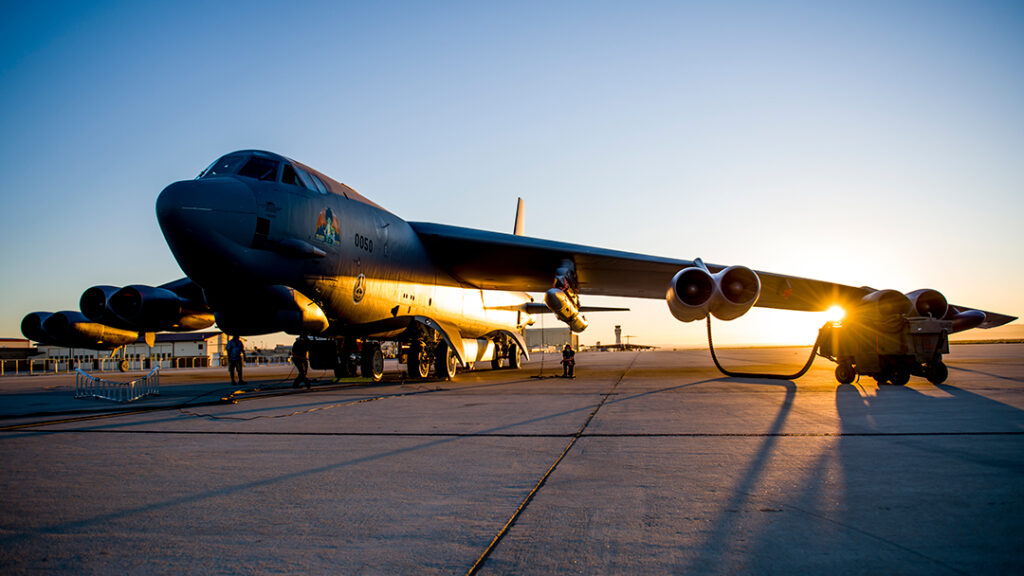THE WATCH STAFF
As the demand for the United States military to deploy hypersonic missiles intensifies, a report recommends the Air Force work more closely with the Army, Navy and Department of Defense (DOD) to get development of its AGM-183A Air-launched Rapid Response Weapon (ARRW) completed.
The report, released by the Pentagon’s office of the Director, Operational Test and Evaluation (DOT&E), said the Air Force should work with the other services and DOD to “identify and leverage common best practices, test corridors and infrastructure, test data management and analyses, and modeling and simulation capability.”
The Air Force planned to deploy the ARRW, its first hypersonic weapon, in the early 2020s, but the missile had three unsuccessful booster flight tests in 2021.
A fin actuator caused an issue in the first test, and the service is investigating the cause of the second test’s problem, the DOT&E said in its annual report. However, while the report only covered fiscal 2021, the program endured another setback in December when a third booster — as happened in the first test — had a problem that prevented the missile’s launch from the wing of a B-52H bomber, according to the DOT&E report.
(Pictured: A B-52H Stratofortress undergoes preflight checks at Edwards Air Force Base, California, on August 8, 2021, before a captive-carry flight test of the AGM-183A Air-launched Rapid Response Weapon.)
“I’m not satisfied with the pace,” Secretary of the Air Force Frank Kendall said about the testing of new hypersonic weapons, in general, at the Air Force Association’s annual Air Force Association Air, Space & Cyber conference in September 2021, according to The War Zone military news website. “We’re making some progress on the technology; I would like to see it be better.”
Kendall is not the only high-ranking Pentagon official who wants to improve the pace. Defense Secretary Lloyd Austin has summoned the CEOs of nearly a dozen of America’s largest defense companies for a February 3, 2022, meeting, according to the military news website Defense One.
The United States has a “lot of catching up to do very quickly,” U.S. Space Force Gen. David Thompson said in the wake of recent tests by the People’s Republic of China and Russia. “We’re not as advanced as the Chinese or the Russians in terms of hypersonic programs,” Thompson said in November 2021 while speaking at the Halifax International Security Forum, CNN reported.
The Army’s Long Range Hypersonic Weapon is set to fly in the “next year or two,” making it the Pentagon’s first hypersonic weapon, said Gillian Bussey, director of DOD’s Joint Hypersonics Transition Office, according to a January 28, 2022, Air Force Magazine story. The Navy’s Conventional Prompt Strike system, which uses the same glide body, should follow soon after.
Top executives from Lockheed Martin, Raytheon Technologies, Northrop Grumman, Boeing, Leidos, Aerojet Rocketdyne, BAE Systems, L3Harris, and about a half-dozen other defense companies have been invited to attend, according to CNN.
The meeting will be moderated by Undersecretary of Defense for Research and Engineering Heidi Shyu, who told reporters that all six branches of the U.S. military are “pushing the contractors very, very aggressively” on hypersonic weapons development, according to CNN.
“No aggressive schedule, especially if you’re pushing hard on them,” Shyu said, “will go through perfectly without some problems.”
IMAGE CREDIT: GIANCARLO CASEM/U.S. AIR FORCE

